The surprising transformation of the embryonic cells of a worm
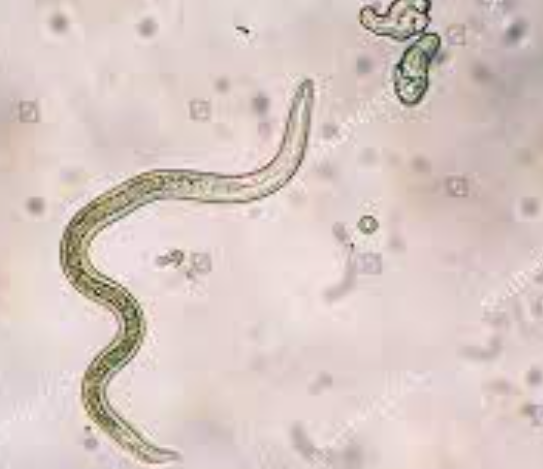
Hey listen to this! Recent research has found that certain proteins within roundworm chromosomes, called histones, can control when and how specialized cells are produced in the worms’ offspring. This information is very important as it challenges the classical idea that hereditary information for cell differentiation is primarily rooted in DNA and other genetic factors.
Researchers at Johns Hopkins University have reported for the first time the mechanisms by which the protein known as histone H3 controls the production of highly specific cells and pluripotent cells, cells that can switch certain genes on and off to produce different types of tissues. Histone H3 is particularly important as it is closely associated with several types of cancer in children and young adults.
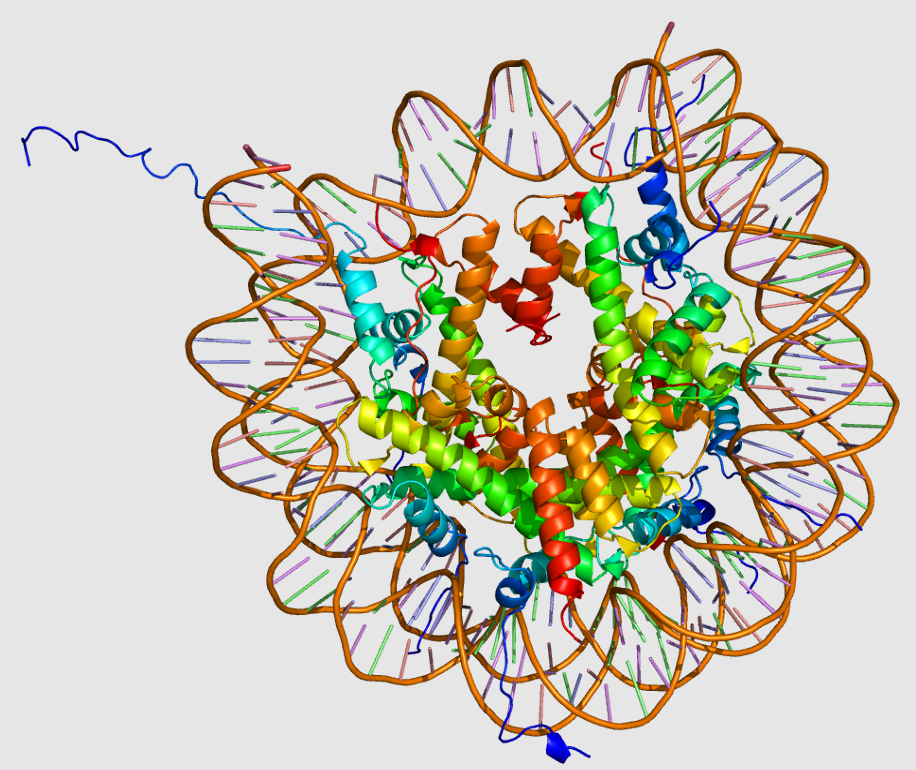
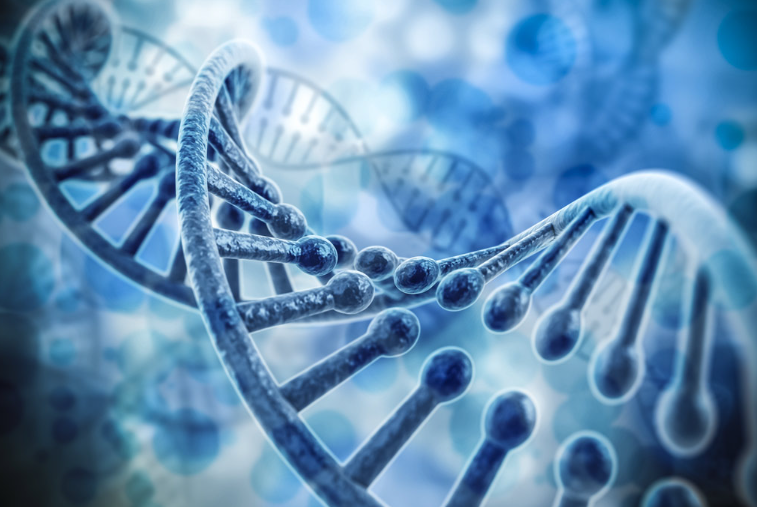
Histones are building blocks of chromatin, the structural support for chromosomes within the nucleus of a cell. Scientists believe that differences in the ratios of H3 and its variant in multicellular and unicellular organisms hold crucial clues to understanding why pluripotent cells are so versatile during early development.
The researchers found that as the C. elegans worm embryos grew, increasing H3 levels in their systems restricted the potential, or “plasticity,” of their stem cells, however, when the team reduced the amount of H3, successfully prolonged the time window for pluripotency that is normally lost in older embryos. This means that by reducing the amount of H3 during embryogenesis, they were able to change the normal path of development and adopt alternative pathways of cell fate.
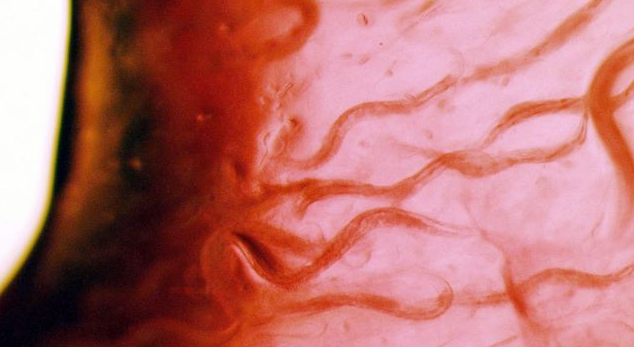

Histones help turn certain genes on and off to commit to specific cell types, be they neurons, muscle, or other tissues. Genes act like a voice telling cells how to develop, and how quiet or noisy a gene is determines the fate of a cell. This research was carried out using the CRISPR gene-editing technique, which has made it much easier for scientists to study the practical aspects of changing genetic material and to detect what that does to traits in animals, plants and microbes. Although the discoveries were made in C. elegans worms, the researchers believe the results will be applicable to other species as well.
This discovery may have significant implications for understanding how mutations associated with these proteins influence various diseases, such as cancer, and how histone regulation may be a form of control.
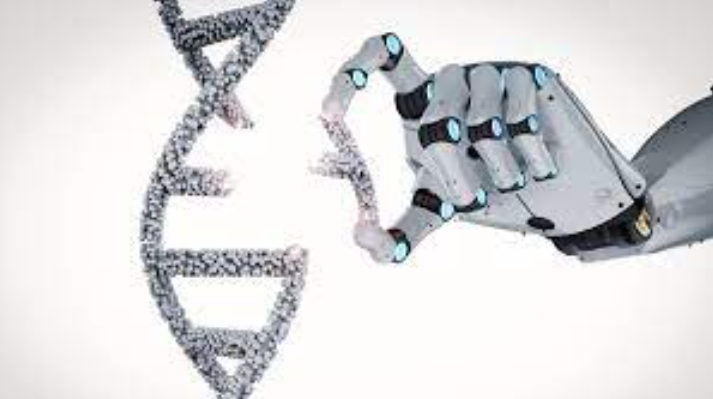
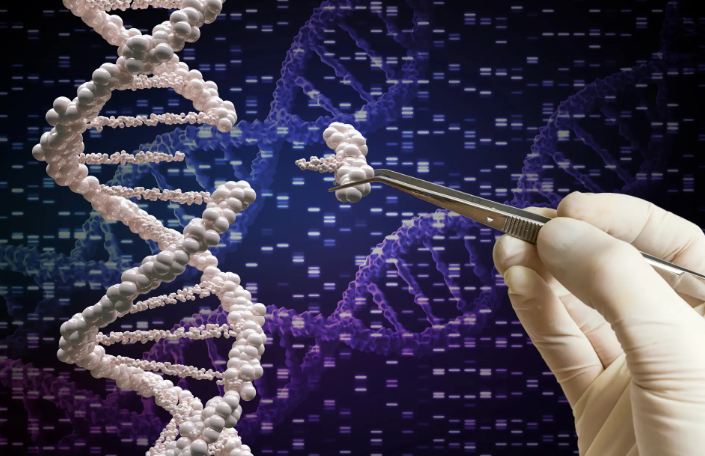
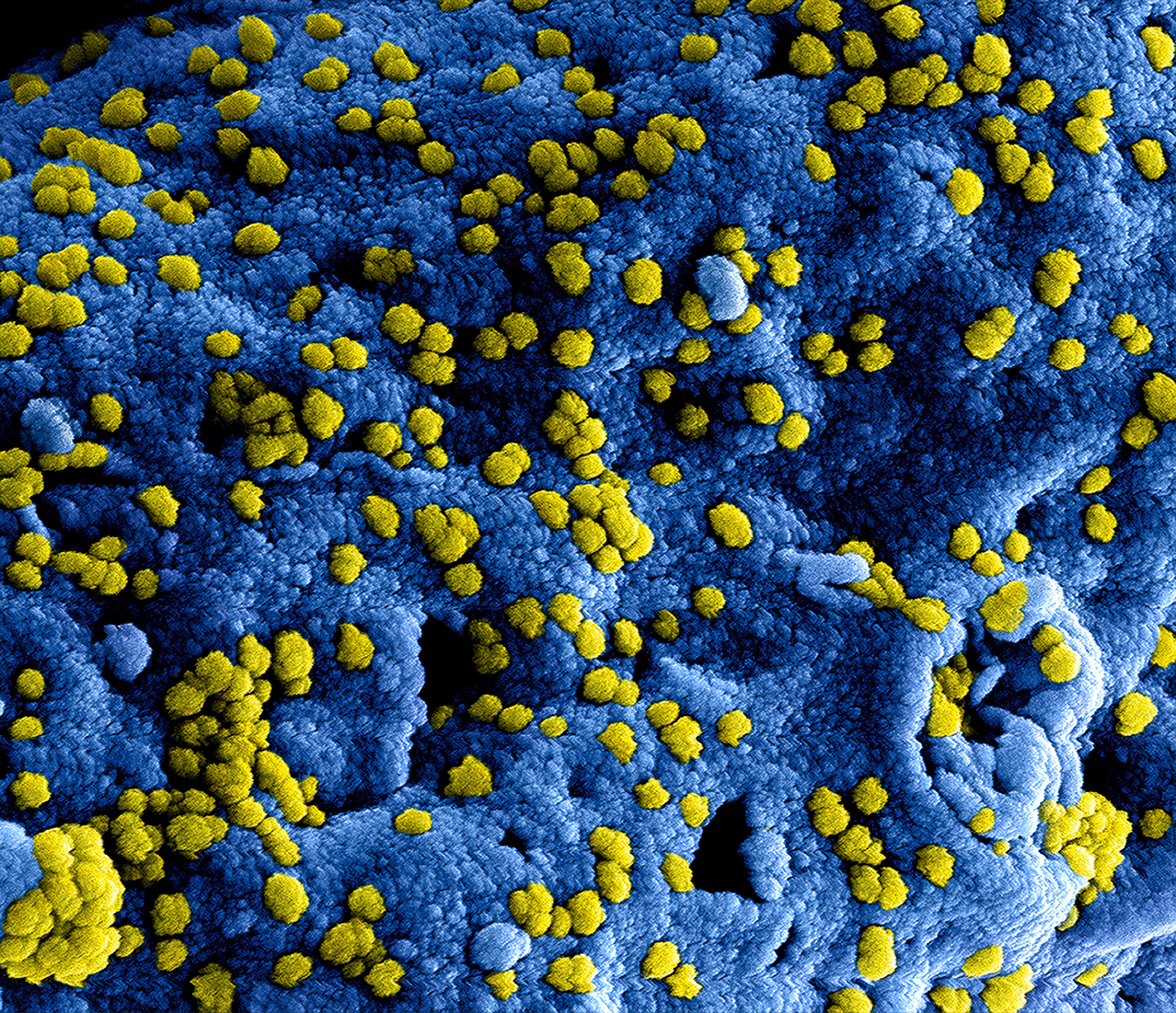
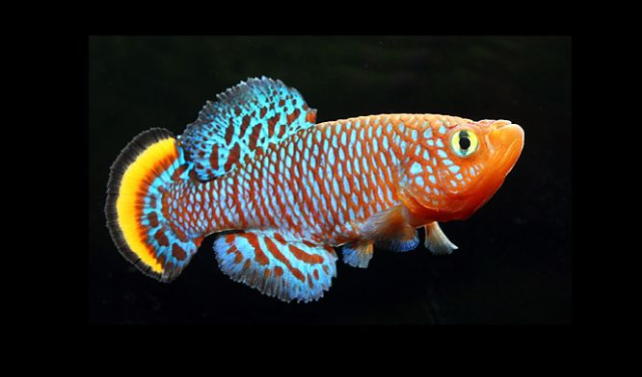
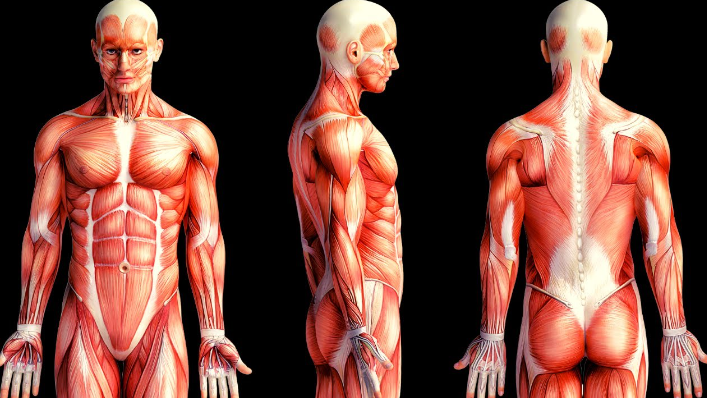
Responses